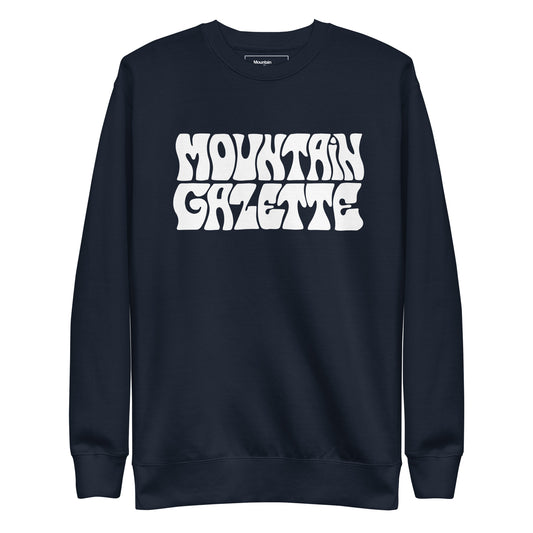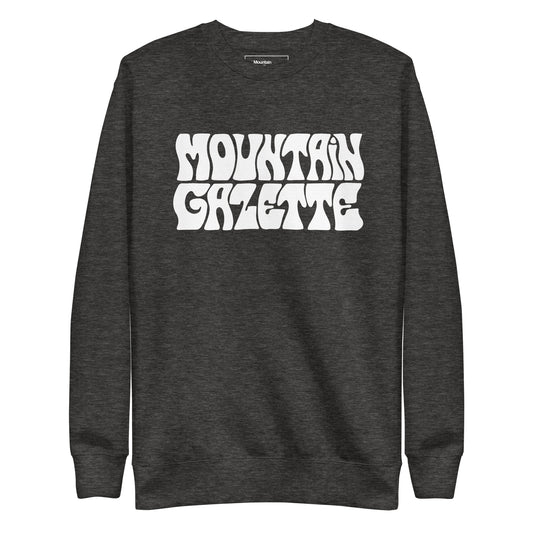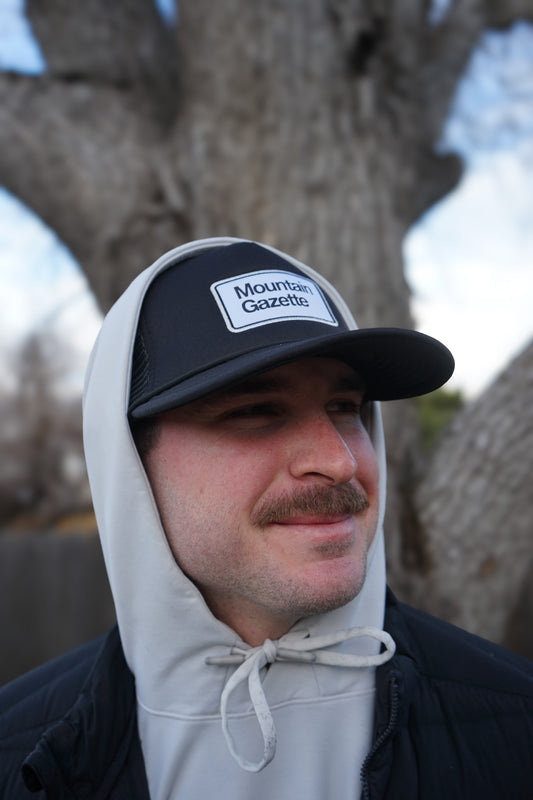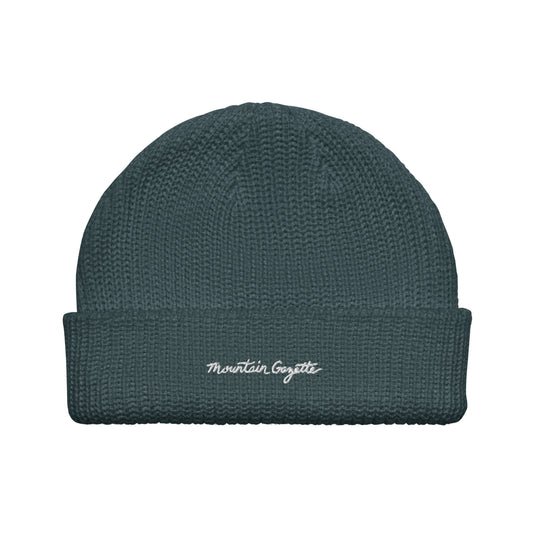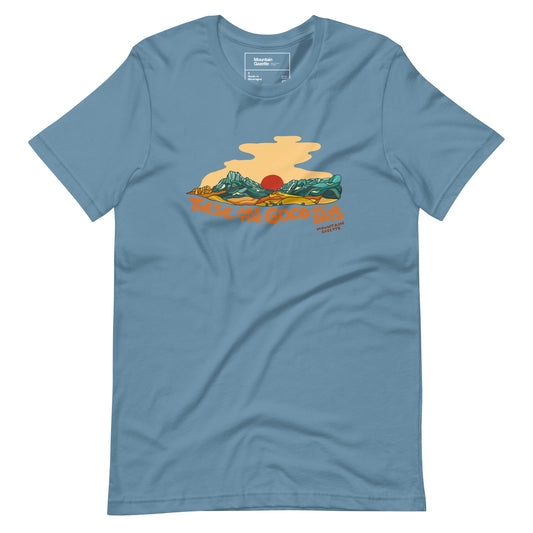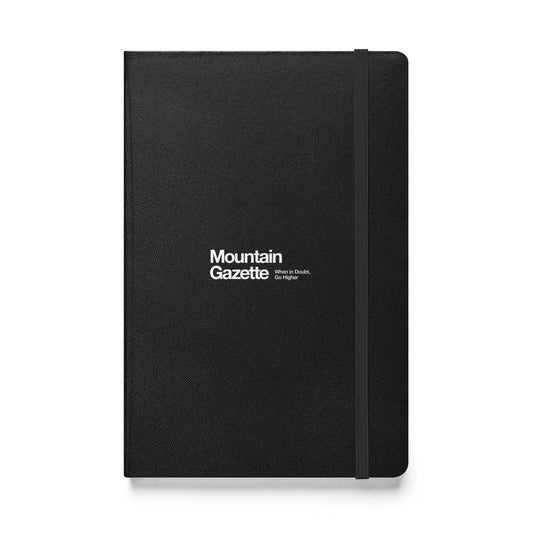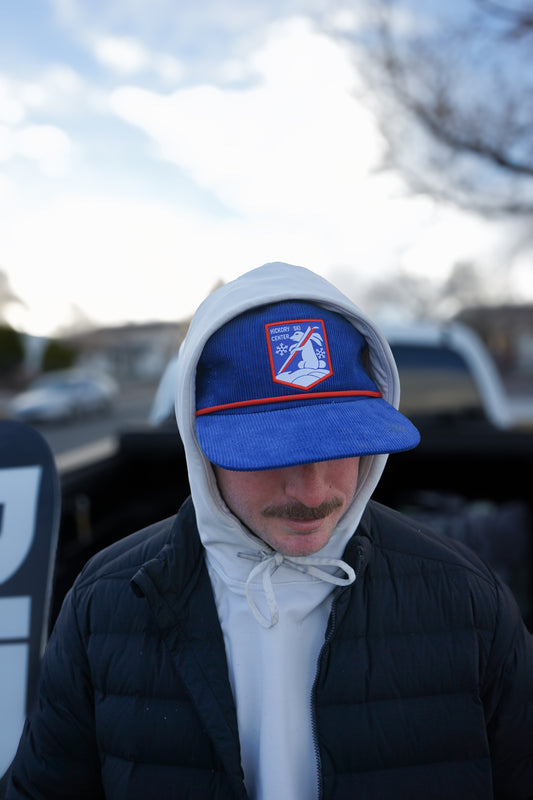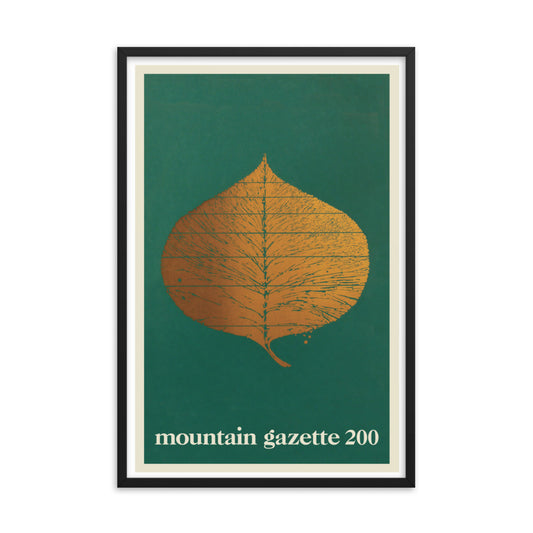Meet Lincoln Riddle. Lincoln’s a self-proclaimed “snow lover”, and is an AccuWeather reporter and video producer. His content, though, stands out from other reporters like him; on both YouTube and Twitter, Lincoln creates tons of quirky and creative outdoor content for his thousands of followers (you should definitely check out his recent Halloween video, “Michael Myers hikes a mountain in the Adirondacks”)
I am not proud to say I started my interview with Lincoln by asking him how one pronounces “Adirondacks”, and considering I had to ask him several times throughout the call, he was a good sport. (it’s “a-de-RAn-dak”, in case you too were wondering.)
In his 1869 memoir – that could double as a love letter to the Adirondacks – Boston minister and outdoorsman William Henry Harrison Murray wrote that the great outdoors can offer balance and restoration to sapped city folk, and that nature excursions could actually be pleasurable, an idea that, at the time, was quite incredulous. (Adirondack Murray was one of the first writers to prescribe camping as cure, and is kind of the father of camping-as-vacation in America.)
After Lincoln and his wife visited the area on a pandemic-getaway, they too felt drawn to the rugged terrain, quite the foil to their home state of Kentucky.
“We just fell in love with the mountains and the mountain towns and the culture and the community,” he tells me.
Lincoln went to school for broadcast journalism at the University of Kentucky, in the rolling hills of bluegrass country, where he chased tornadoes and covered flooding events. Now, the Northeast presents Lincoln with new kinds of weather to document in the field.
“I mainly cover snowstorms. We had a pretty big snowstorm in mid December last year, and they had me out at one of the local ski areas. It was maybe a 20-inch snowstorm. But I'm a big snow lover.”
Growing up, Lincoln got to ski only a handful of times, at a small ski area in Southern Indiana.
“It's called the Perfect North,” Lincoln laughed. “I feel like I lost a lot of time not skiing, because now, that's my whole thing. I just want to ski all of the time. So I try to do it as much as possible. I'll be out there if it's raining. I don't care.”
Sidenote: Lincoln now averages a 70-day ski season.
Monday through Friday, Lincoln is responsible for assembling stories to be covered in that day’s weather-related news. And because AccuWeather is live at 6, Lincoln’s up and at ‘em at 4.
“I love what I do. It's been fun being a part of a growing network. And the constantly changing nature, that’s the excitement for me.”
But Lincoln’s absolute favorite part of the job? Location location location.
“Its state wilderness. It's a big place, and it's very remote. It's one of the few places in the east where you can go for a hike and just look at absolutely nothing manmade for miles and miles. it's just very kind of wild and untamed.”
With 46 “High Peaks'', the region covers six-million miles of New York’s most expansive terrain. The Adirondack Park is also the largest publicly-protected area in the contiguous United States.
“I think that was one of the biggest things that drew me in, like, ‘Wow, this is the East’,” Lincoln said. “If you're looking for somewhere to go, and you've never been before, you gotta check out this place. These mountains are worth checking out. They're beautiful. The hikes will kick your butt, but there's a lot of adventure out here.”
What William H.H. Murray saw in the Adirondacks, John Muir saw in the Sierra’s, and Mary Oliver in the woods of Ohio; that special feeling that seems unfounded until you step outside.
“All the wild world is beautiful, and it matters but little where we go, to highlands or lowlands, woods or plains, on the sea or land or down among the crystals of waves or high in a balloon in the sky; through all the climates, hot or cold, storms and calms, everywhere and always we are in God's eternal beauty and love. So universally true is this, the spot where we chance to be always seems the best.”
- John of the Mountains: The Unpublished Journals of John Muir, (1938) page 299.

